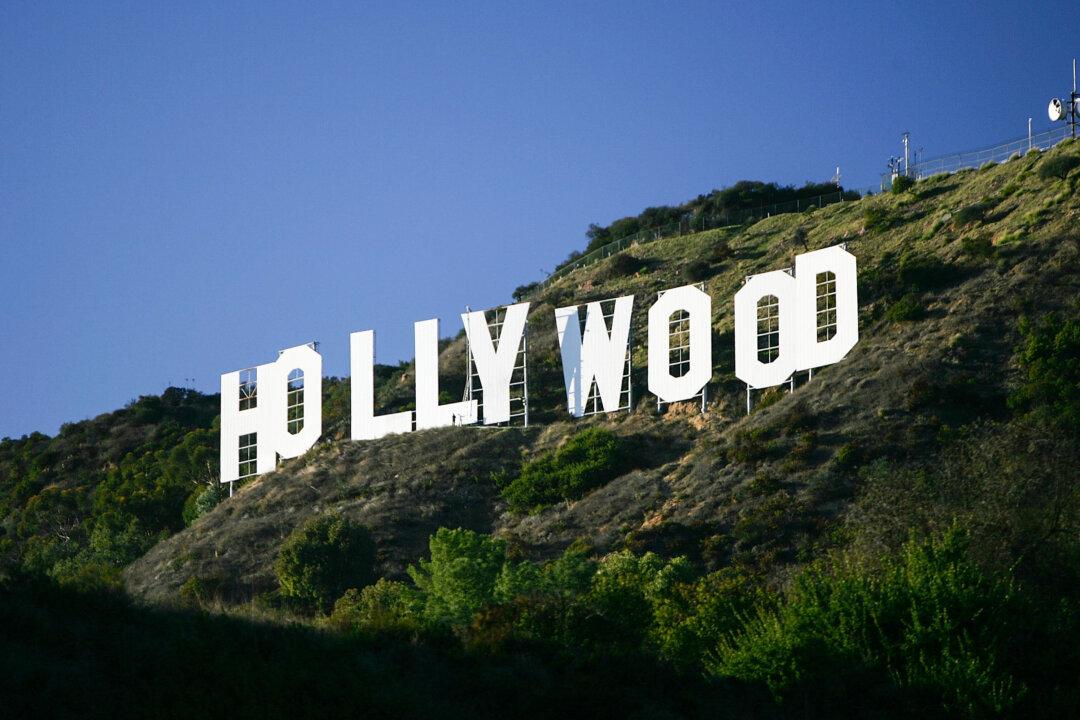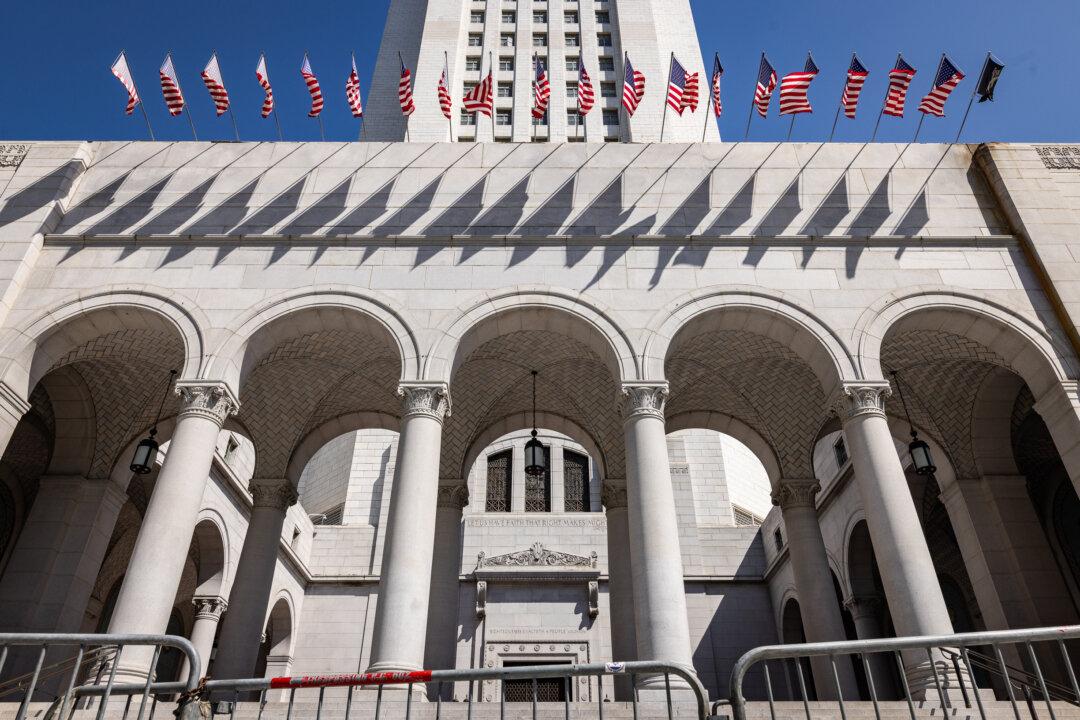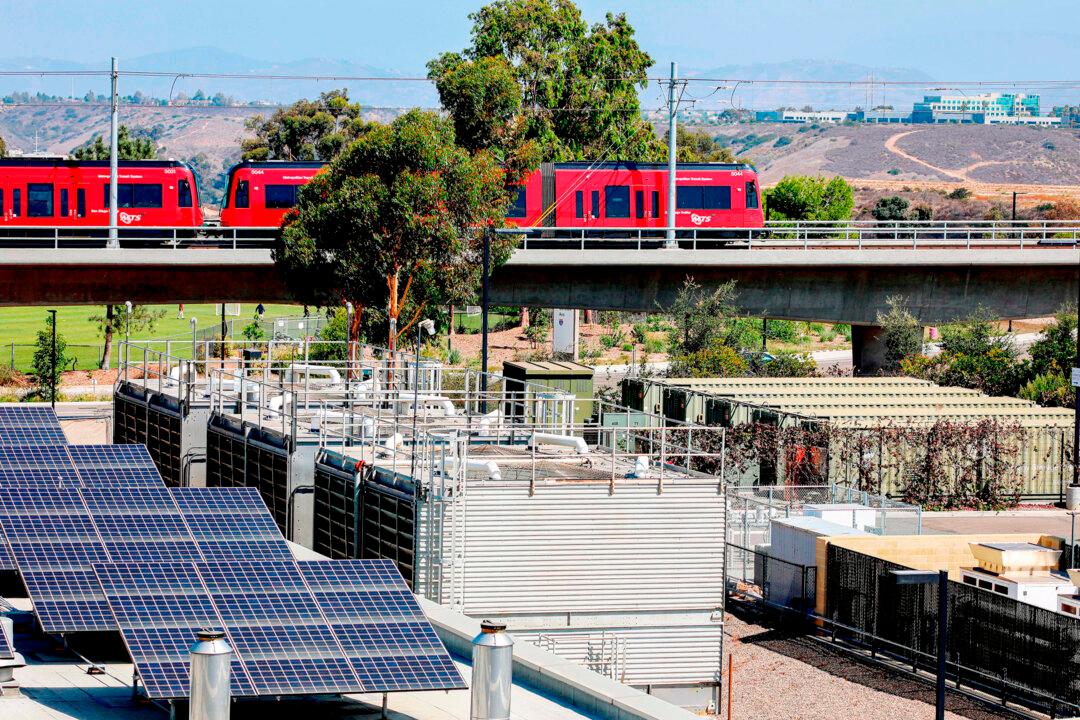The mayor’s order aims to lower costs and streamline city processes for filming on location and increase access to iconic city locations, including the Central Library, the Port of Los Angeles, and the Griffith Observatory.
“The city is taking bold action to support our legacy industry,” Bass said. “Keeping entertainment production in L.A. means keeping good-paying jobs in L.A., and that’s what we are fighting for.”
The mayor’s call for less regulation includes requiring city departments to make iconic locations more accessible and affordable for filming by creating guidelines for onsite filming, cutting review timelines, and lowering certain city fees.
The city is also directed to lower costs and coordination time by reducing the number of staff assigned to monitor filming on set to one total staff member, as city law allows. Current practices often require numerous staff to be onsite.
The city will also institute a proactive, film-friendly approach to communication between city departments and production, according to the mayor’s office.
The mayor has also established an entertainment industry council that brings together industry leaders to keep productions from leaving.
Bass issued another directive last year to support the industry, including establishing monthly task force meetings with key departments and stakeholders.

A global decline in production and intensifying competition for film projects and jobs have contributed to a 22.4 percent decline in on-location production in the greater Los Angeles area from January through March 2025.
Television production also fell by 30.5 percent during that time, and feature film production dropped nearly 29 percent, FilmLA reported.
“Each drop reflected the impact of global production cutbacks and California’s ongoing loss of work to rival territories,” FilmLA stated.
The wildfires that devastated Pacific Palisades and Altadena in January only had a slight effect on Los Angeles-area filming, according to the study.
“The fires sent many productions scrambling to reschedule shoots and displaced hundreds of industry workers from their homes. But their impact on local filming levels appears to have been temporary,” said FilmLA Vice President Philip Sokoloski.
“2025 is a pivotal year to save Hollywood and rebuild entertainment production,” the coalition wrote in a March update. “Even before the devastating L.A. fires, California suffered from record-high runaway productions for film, television, and streaming content.”

Productions are fleeing to lower-cost jurisdictions with better incentives, and they are taking middle-class union jobs with them, the coalition reported.
On May 20, Bass also called on the state Legislature to pass Gov. Gavin Newsom’s proposal to boost funding for the state’s film and tax credit.
“California is the entertainment capital of the world, rooted in decades of creativity, innovation, and unparalleled talent,” Newsom said last year. “Expanding this program will help keep production here at home, generate thousands of good-paying jobs, and strengthen the vital link between our communities and the state’s iconic film and TV industry.”
The increase in economic activity returned an estimated $962 million in tax revenue to the state and local governments, according to the study.







